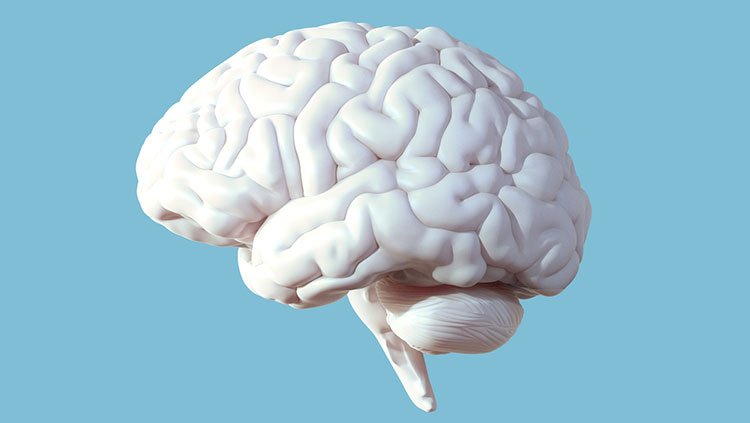Anatomy
The brain is your body's command center, split up into areas with specialized functions.
Some pages on this website provide links that require Adobe Reader to view.
Copyright © Society for Neuroscience

